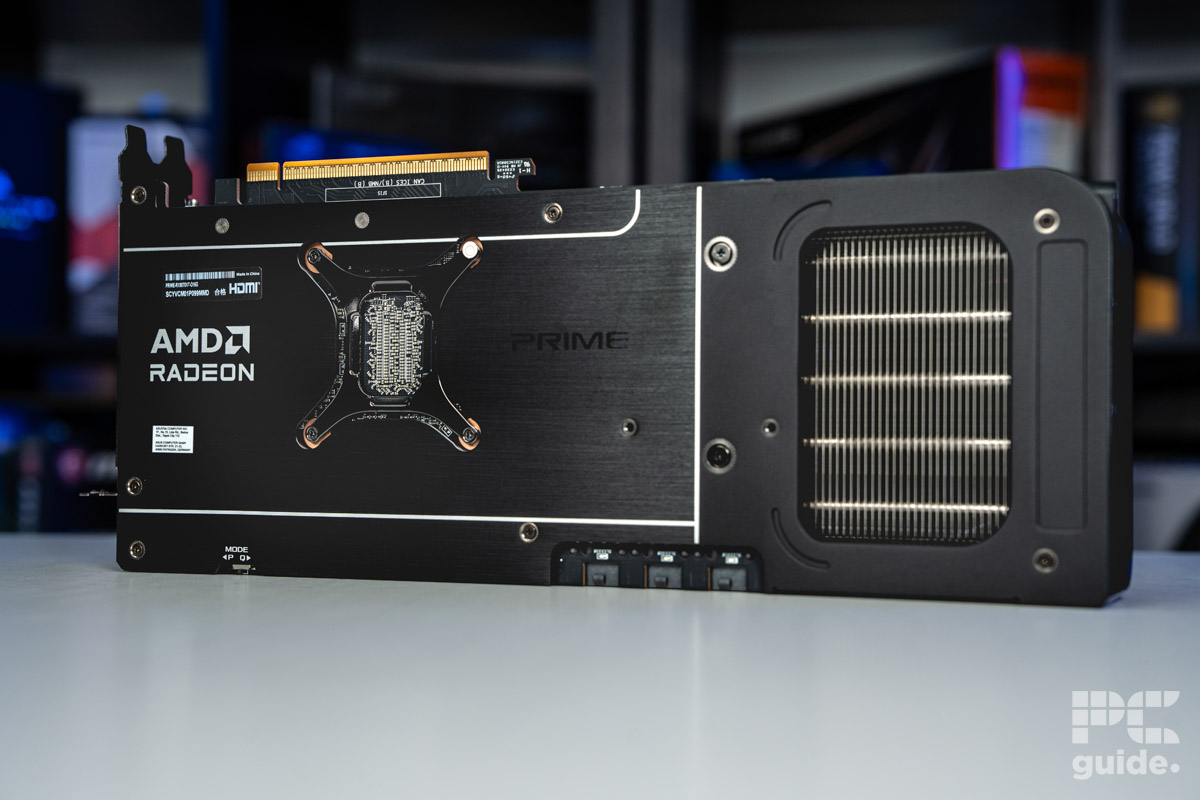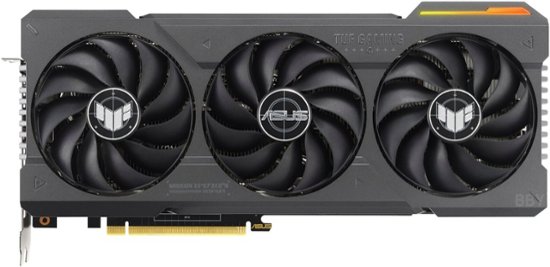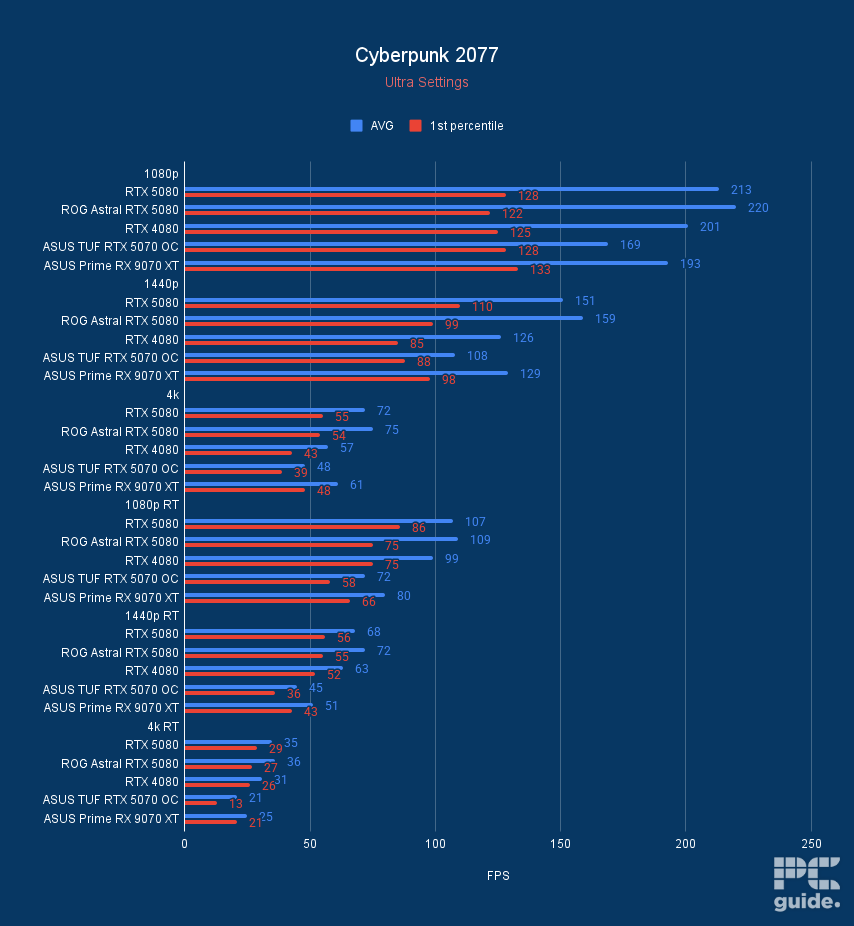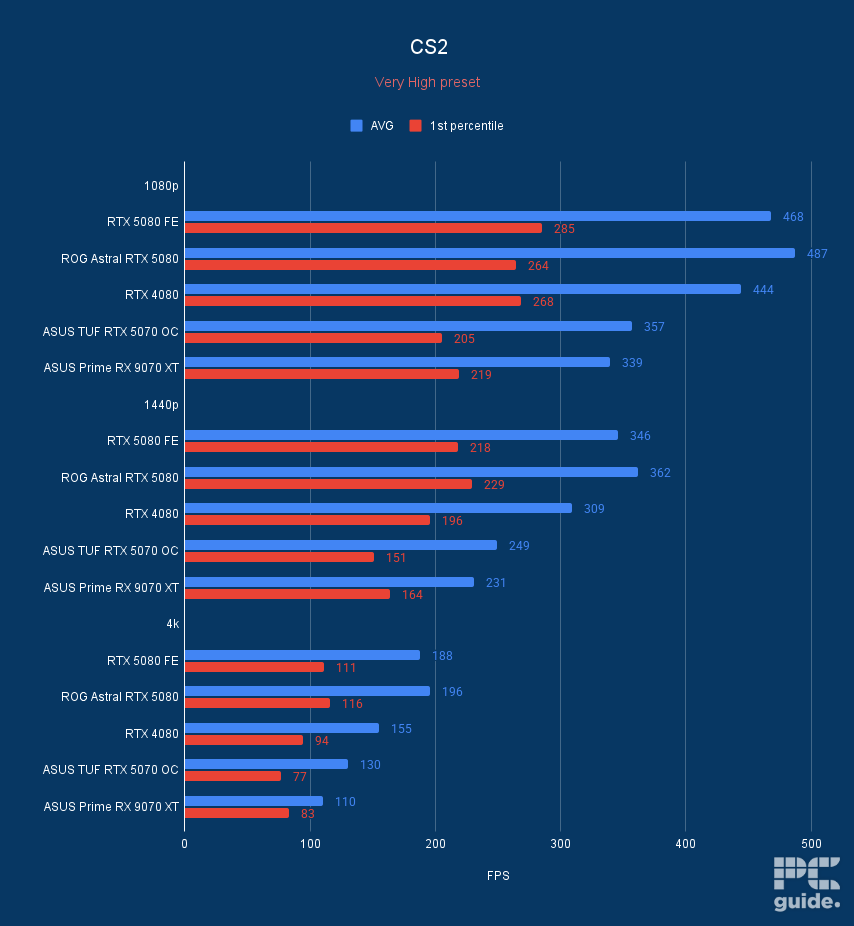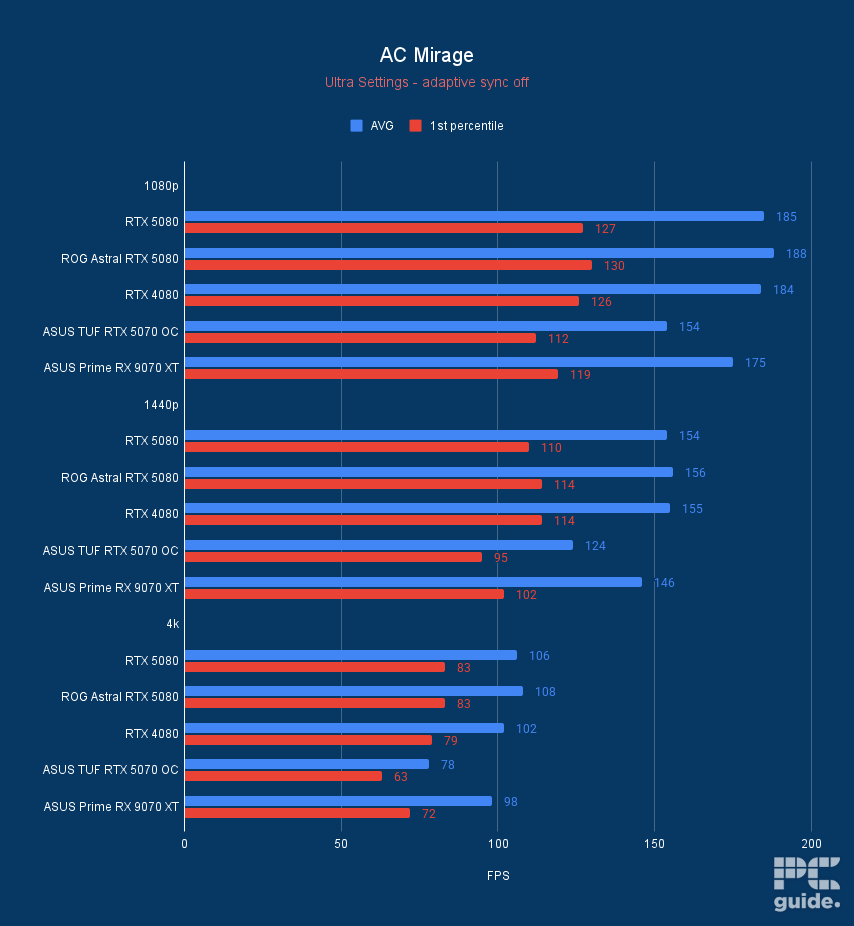RX 9070 XT vs RTX 4070 Ti Super spec and performance comparison – how do they compare?
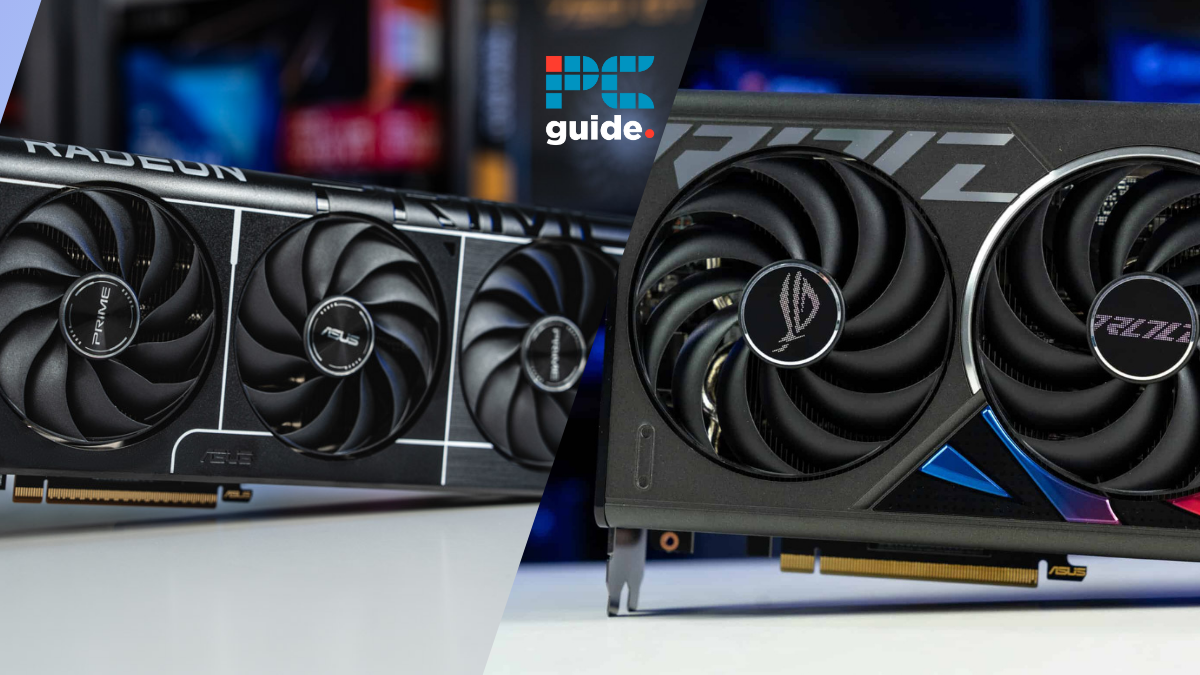
Table of Contents
AMD’s new champion, the Radeon RX 9070 XT, launched with a bang and met the community’s expectations by aggressively competing with Nvidia’s alternatives at a much more pocket-friendly price point. On top of that, the retailers had plenty of stock on launch, just as AMD promised, and the success of this lineup boosted AMD’s market share to a peak of 45%.
However, the community is eager to see how it stacks up against some of the best mid-range GPUs on the market, the RTX 4070 Ti Super – Nvidia’s upper mid-range offering. While AMD is focusing on delivering impressive performance in the mid-range segment, NVIDIA’s RTX 4070 Ti Super is known for its robust capabilities and is right on the verge of being a high-end GPU.
That being said, we’ve tested and reviewed the RTX 4070 Ti Super and the RX 9070 XT in-house and have their complete gaming and synthetic benchmarks. If you want a hint of how these GPUs compare, let’s just say it is looking dire for the 4070 Ti Super. However, both of these GPUs have excellent performance at 1440p and 4K natively, but there can only be one winner, so to find that out, let’s get started, shall we?
RX 9070 XT vs. RTX 4070 Ti Super specs comparison
Here’s a quick look at how these two cards stack up side-by-side when you’re looking at the specifications.
| Specifications | RX 9070 XT | RTX 4070 Ti Super |
| Compute units | 64 | 66 (8448) |
| RT Accelerators | 64 | 66 |
| AI Accelerators | 128 | 264 |
| Peak AI TOPS | 1557 | 706 |
| Boost clock speed | 2.97 GHz | 2.6 GHZ |
| Memory | 16GB GDDR6 | 16GB GDDR6X |
| TDP | 304W | 285W |
| Connectivity | PCIe 5.0 x16 | PCIe 4.0 x16 |
| Display | DisplayPort 2.1a, HDMI 2.1b | DisplayPort 1.4a, HDMI 2.1 |
| Price | $599 | $799 |
Performance comparison
In this section, we’ll first compare the gaming performance of these GPUs at 4K and 1440p and then move on to how they perform during synthetic testing. This should paint an accurate and well-rounded comparison as not everyone is a gamer, and some professionals require a build for 3D rendering, video editing, and other workflows.
RX 9070 XT vs. RTX 4070 Ti Super 4K performance
First, we’ll start with the 4K performance, and we’ll take the output of CS2, Cyberpunk 2077, and Assassin’s Creed: Mirage.
The RX 9070 XT managed 61 FPS in Cyberpunk 2077 on ultra settings, while the RTX 4070 Ti Super delivered 44 FPS. This means the former had a much easier time rendering 4K frames in one of the most demanding titles out there and performed 32% better.
In Counter-Strike 2, the 4070 Ti Super managed 151 FPS, which is impressive, while the RX 9070 XT delivered 110, trailing behind, but this could be an issue with the driver, and the title itself seems to be optimized for Nvidia GPUs. However, this difference of 31% was quickly overcome in Assassin’s Creed: Mirage as the 9070 XT dominated with 98 FPS while the 4070 Ti Super managed 84 FPS.
This is a 15% performance difference in favor of the RX 9070 XT, and keep in mind that we didn’t enable FSR 4, so their overhead for more FPS is great. Overall, the RX 9070 XT had much better output at 4K in almost all of the titles we tested it with, easily outperforming the RTX 5070 OC and could even touch the RTX 5080 in some instances.
RX 9070 XT vs. RTX 4070 Ti Super 1440p performance
When it comes to 1440p, both of the graphics cards had a much easier time churning out high frame rates, but the RX 9070 XT’s performance proved to be too much for the RTX 4070 Ti Super to match. The former delivered 129 FPS FPS while the latter could only manage 93 FPS. This is a 43% performance difference, so dropping the resolution only increased the gap between these GPUs.

However, the 4070 Ti Super was paired with the Ryzen 7 7950X, while the 9070 XT was paired with the 9800X3D, and the CPU becomes more of a factor at lower resolutions. That being said, even if the 4070 Ti Super was paired with the 9800X3D, we don’t think it could’ve bridged the 43% performance gap.
RX 9070 XT vs. RTX 4070 Ti Super Synthetic performance
To gauge how these GPUs handled synthetic testing, we ran a couple of benchmarking software, which include 3DMark and Geekbench. That being said, we don’t have the results for the 4070 Ti Super’s Geekbench performance, but the 3DMark results should paint a clear picture.
3DMark has a couple of tests, like Fire Strike Ultra, Time Spy Extreme, and Port Royal. The last one tests a GPUs ability to handle real-time ray tracing. On the other hand, Fire Strike Ultra and Time Spy Extreme are both used to see how a GPU will render 4K frames but use different DirectX versions and work with DirectX 11 and 12, respectively. Out of the two, Time Spy Extreme is more taxing on the GPU.
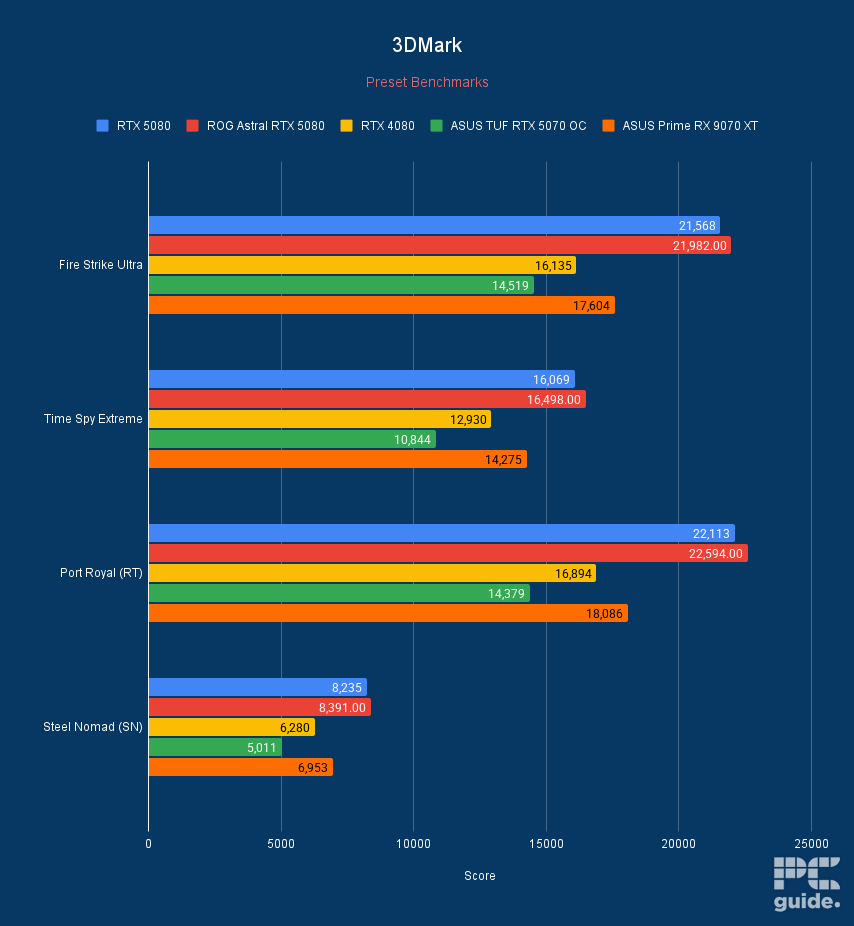
Now that we’ve cleared that up, the 9070 XT managed 17,604 points in Fire Strike Ultra, while the 4070 Ti Super delivered 14,518, meaning the former is 19% better at 4K with DirectX11. On the other hand, the performance difference dropped to 18% in Time Spy Extreme as the 9070 XT and 4070 Ti Super managed 14,275 and 11,887 points, respectively.
In Port Royal, the Team Red champion had a score of 18,086, while the RTX 4070 Ti Super managed 15,552 points, meaning the former has better output in Ray Tracing, which is a huge blow to Nvidia as previously AMD couldn’t catch up to the Ray Tracing of Team Green’s graphics cards.
While we don’t have the AI performance for the RTX 4070 Ti Super, we have the single precision, half-precision, and quantized output for the RX 9070 XT in Geekbench AI 1.2. Single precision, half-precision, and quantized gauge a GPU performance by using 32 and 16-bit floating point calculations and 8-bit integer calculations, respectively.
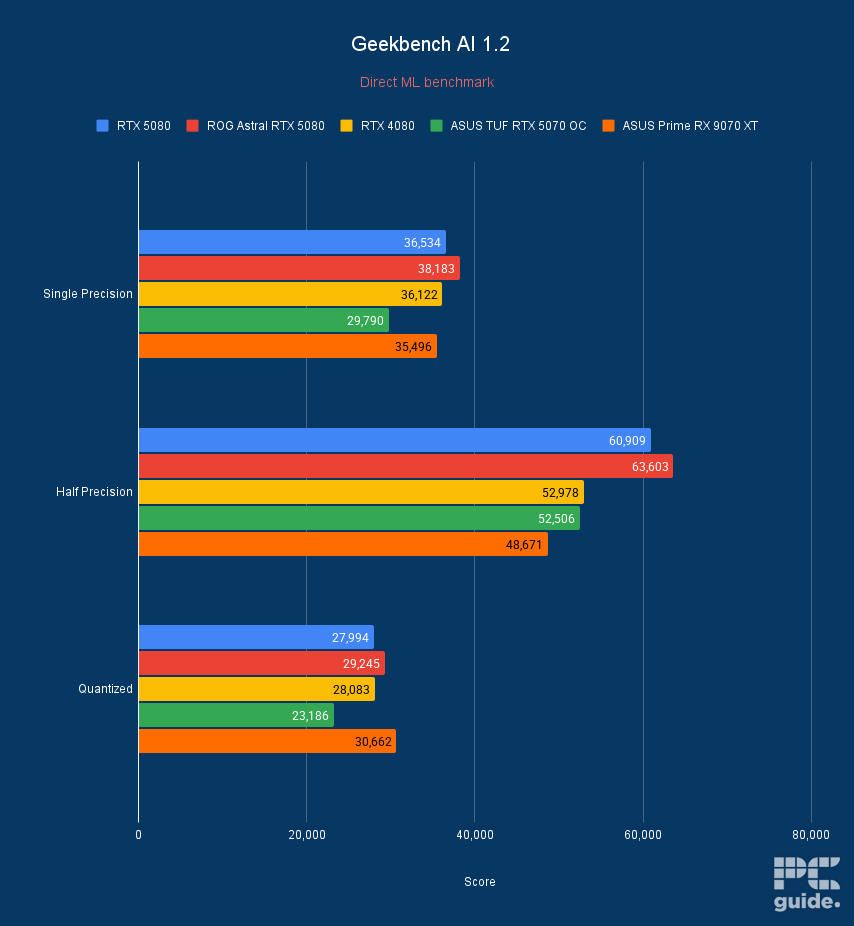
The RX 9070 XT delivered 35,496 points in single precision, 48,671 points in half-precision, and 30,662 points in quantized. For reference, the RTX 5080 FE had a single precision score of 36,534, meaning the 9070 XT was only 2% behind the 5080. In quantized, the 5080 FE had 27,994 points while the 9070 XT delivered 30,662 points, a 9% performance difference in the latter favor.
Design differences
Now that we’ve seen these GPUs differ from each other in terms of performance let’s see how they vary in specifications.
Memory and bandwidth
The RX 9070 XT comes with 16GB of GDDR6 memory paired with a 256-bit memory bus, offering a bandwidth of 640 GB/s. This setup is ideal for high-resolution gaming and demanding applications.
The RTX 4070 Ti Super also uses 16GB of GDDR6X memory with a 256-bit bus, resulting in a slightly higher bandwidth of about 672.3 GB/s. This isn't surprising as GDDR6X memory has a faster per-pin speed, resulting in better performance.
So, on paper, the RTX 4070 Ti Super has the edge, but in real-world applications, a lot more variables can impact the outcome, and memory type and bandwidth are just a part of the equation.
Power draw
The RX 9070 XT has a TDP of 304W, which is higher than the RTX 4070 Ti Super’s 285W. This higher power consumption could translate into more heat and a higher electricity bill, but it also suggests that the RX 9070 XT might offer more raw power.
Besides that, realistically, any GPU that can work with one GPU should also work with the other as their power requirements are pretty close, and the CPU choice won't impact the decision of the PSU you opt for.
For example, if you pair these GPUs with the Core Ultra 9 285K, which has a 250W TDP, the total power requirement would be 554W and 535W, respectively. So, a 650W or 700W PSU should be more than enough. If you're interested in exploring some options, we recommend you check out the best PSU for RTX 4070 Ti Super for the top picks.
RX 9070 XT vs. RTX 4070 Ti Super price
The RX 9070 XT is priced at $599, which is significantly lower than the typical price range of the RTX 4070 Ti Super, which has a $799 MSRP but is available for $1,000+ on various retailers. Since the RX 9070 XT can deliver better performance than the RTX 4070 Ti Super, it has significantly better value.
The RX 9070 XT is out of stock due to its heavy demand, which is understandable, but there are plenty of gaming PCs available that feature the 9070 XT. For example, we found this Galaxy V2 Gaming PC on Amazon for $2,149.99. These gaming PCs feature the Ryzen 7 9800X3D, but there are also other options available, like the Skytech Blaze 4 gaming PC, which features the Ryzen 7 7700 and costs $1,599.99.
Verdict
Overall, the fight between the RX 9070 XT and RTX 4070 Ti Super wasn’t as close, and the 9070 XT won by a huge margin. The biggest blow to the RTX 4070 Ti Super was that the 9070 XT could outperform it even in Ray Tracing. While the performance gap might be lessened when the 4070 Ti Super gets DLSS 4 but, the 9070 XT already has FSR 4 in its arsenal, so depending on these technologies, the performance delta could remain the same, increase, or lessen.
That being said, when it comes to the price of these graphics cards, the RX 9070 XT has far better value and it a no-brainer for anyone looking to upgrade or put together a new gaming PC.
